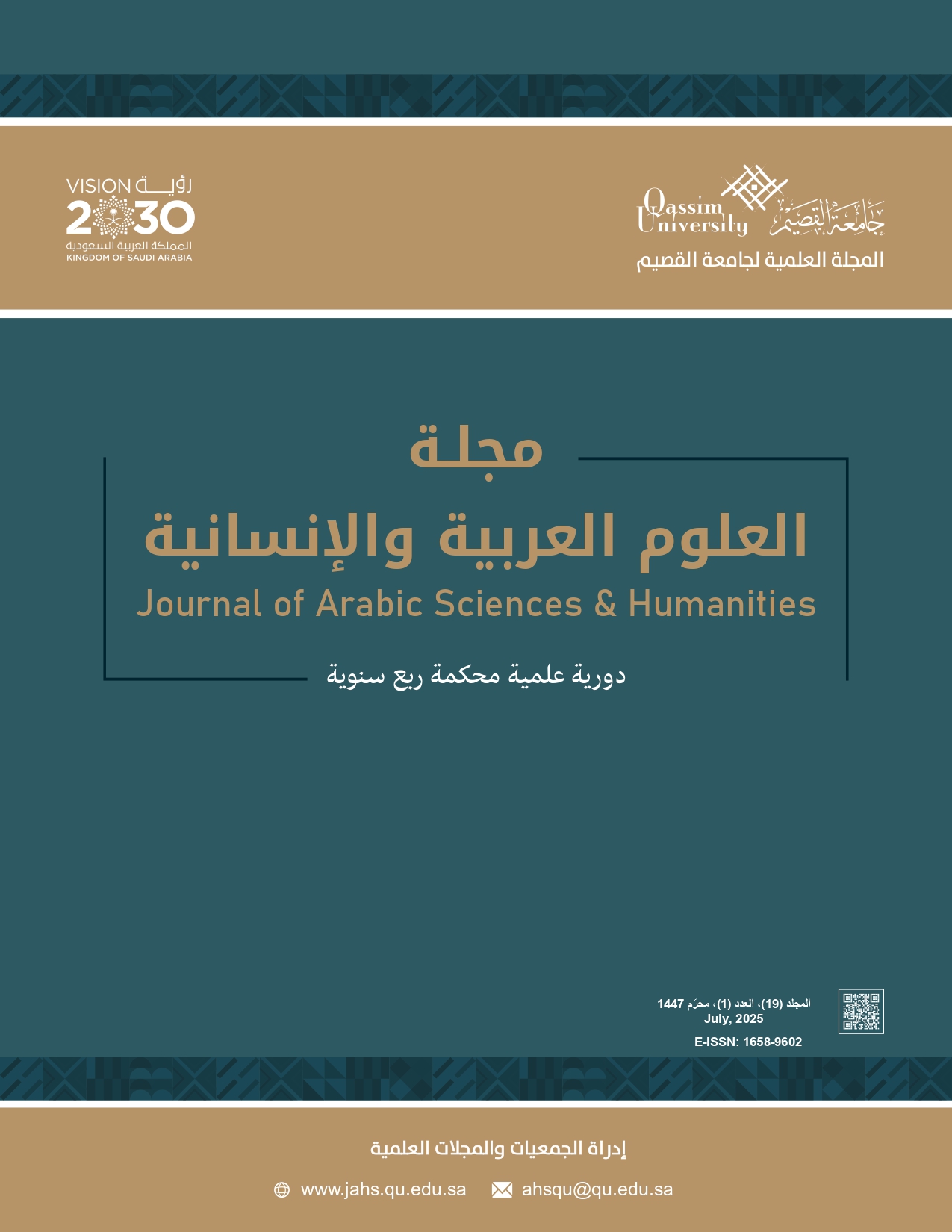Passive verb morphology in Arabic and Faifi dialect
Abstract
The formation of passive verbs in Arabic is uniquely challenging due to its complex structure and dialectal variations. While Classical Arabic (CA) and Modern Standard Arabic (MSA) adhere to non-concatenative rules of internal vowel modification of the active stem, some dialects use different strategies such as affixation or reflexive pronouns with no modification to the stem. However, despite previous studies on Arabic verbs, the passive verb construction remains insufficiently explored. This paper aims to participate in addressing this gap by detailing the passive verb morphology in the Faifi dialect (FD) and comparing it with CA/MSA. The properties of passive verbs in FD have not been explored before. While CA/MSA uses /-u-/, FD uniquely uses /-i-/ to mark its passives. The study introduces previously undocumented verb patterns and passive forms such as (tiC1aC2C3aC3) for colors and (t(i)C1ayC2aC3-) for an agent pretending to perform an action.
Keywords: Passive verbs, Faifi dialect, Arabic morphology

This work is licensed under a Creative Commons Attribution-NonCommercial 4.0 International License.


